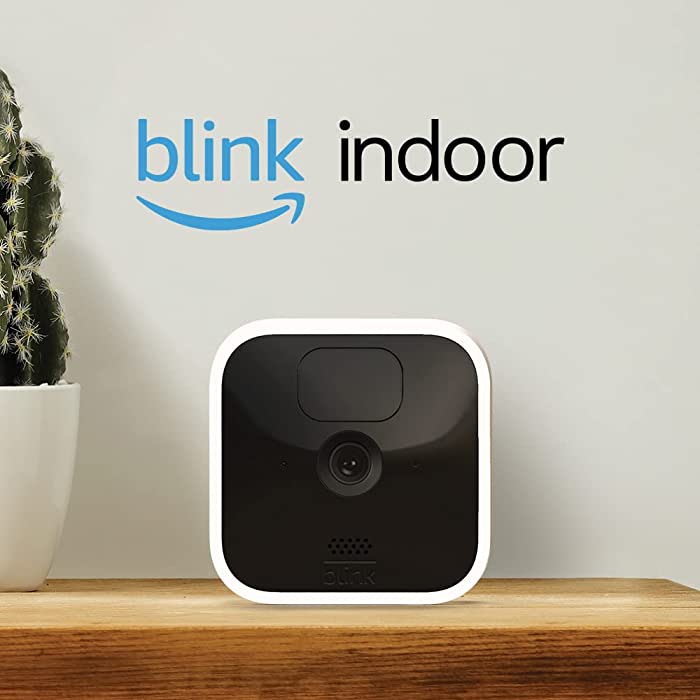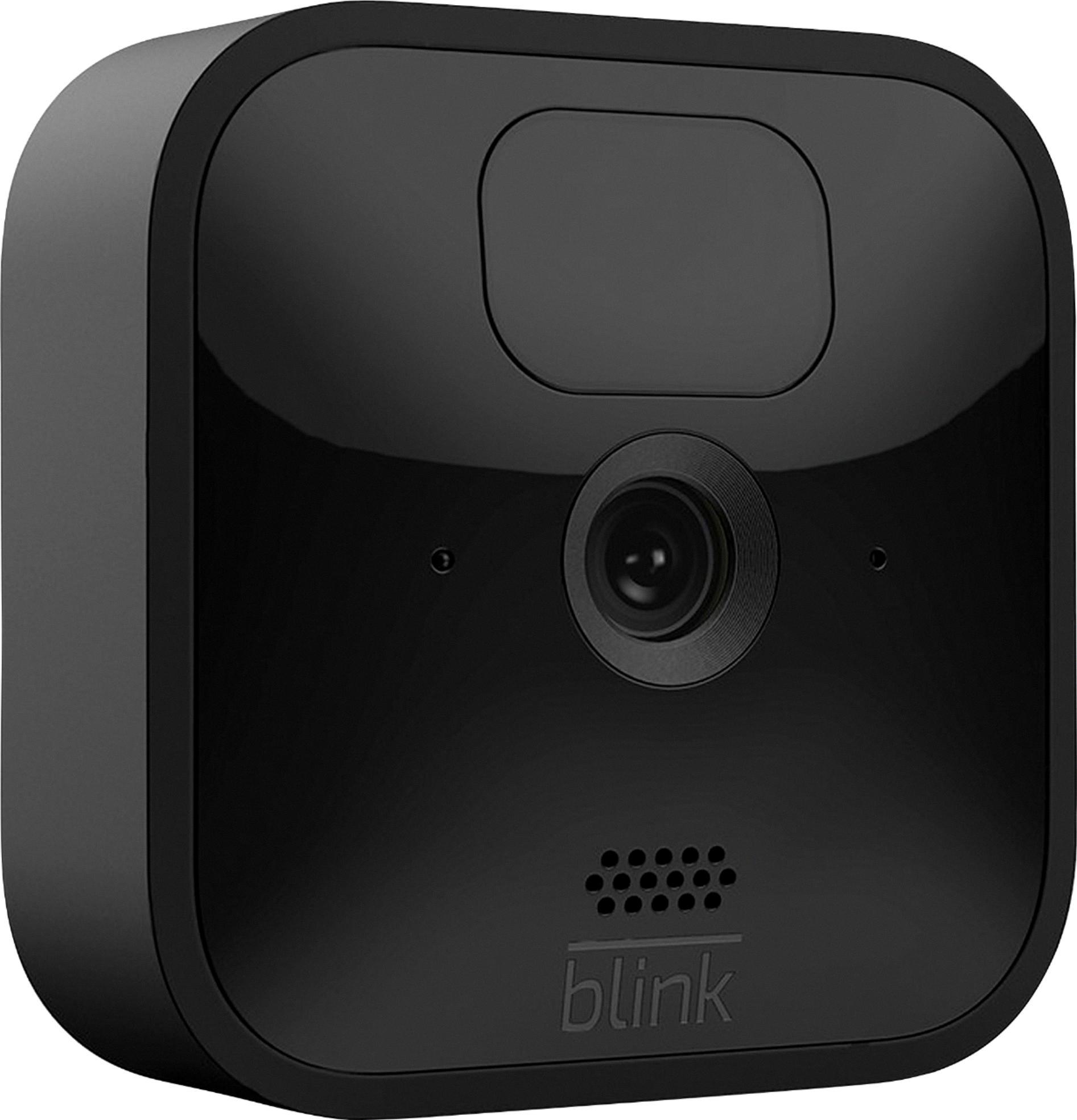Blink cameras are wireless surveillance cameras that do not require any cords or wires to function. They are designed to be easy to install and use, making them a great option for home security.
One of the main benefits of Blink cameras is their wireless design. They can be placed anywhere within range of your Wi-Fi network, without the need for any additional wiring. This makes them ideal for use in areas where it may be difficult or impossible to run cables, such as attics, basements, or outdoor locations.
Another advantage of Blink cameras is their portability. They can be easily moved from one location to another, without the need to unplug and reposition any wires or cables. This makes them a great option for renters or those who are constantly on the move.
Blink cameras use Wi-Fi to transmit video footage and alerts to your smartphone or tablet. They are compatible with both iOS and Android devices and can be accessed through the Blink app. This app allows you to view live video feeds, review captured footage, and customize your camera settings.
Blink cameras are also designed to conserve battery life. They use a low-power mode when they are not detecting motion, which helps to extend their battery life. In addition, they can be powered by a USB cable and adapter, which provides a constant source of power and eliminates the need for batteries altogether.
Blink cameras are a great option for those looking for a wireless and portable surveillance solution. They are easy to install and use and offer a range of features and benefits that make them a top choice for home security.

Powering a Blink Camera
Blink cameras can be powered either using batteries or by using the USB port on the back of the camera. For those who want to use the USB port to power their cameras, a Micro USB cable and adapter can be used. However, it is important to note that only 5V/1A USB power adapters should be used for safety reasons.
Mini cameras, on the other hand, are only powered by USB and do not use batteries. As a result, a cable and power adapter are included in the box when purchasing a Blink Mini camera.
To summarize, Blink cameras can be powered either by batteries or by using a USB port with a compatible cable and adapter. The Blink Mini camera is only powered by USB, and a cable and power adapter are included in the box.
How Blink Wireless Camera Works
Blink wireless cameras work by utilizing a built-in motion sensor that can detect movement in the camera’s field of view. When motion is detected, the camera will send an alert to the user’s smartphone or other device through the Blink app. The app allows the user to view a captured video clip of what triggered the motion detection event based on their app settings.
The cameras operate on battery power, which allows for easy installation and placement without the need for wiring. The Blink app also provides the user with various customization options, including motion detection sensitivity and clip length.
In contrast, mini cameras use a different method to detect motion. They utilize Pixel Difference Analysis, which compares the difference in pixels between frames to determine if the movement has occurred in the camera’s field of view. This process is also designed to reduce false alarms caused by lighting changes or other non-human motion.
Blink wireless cameras provide a reliable and easy-to-use home security solution for monitoring movement and detecting potential threats.

Are Amazon Blink Cameras Wireless?
The Amazon Blink cameras are wireless security cameras. They do not require any cords or wiring for installation, making them easy to set up and use. The cameras are powered by two AA lithium batteries, which provide up to two years of battery life, depending on usage. This makes the Blink cameras a convenient and cost-effective option for home security. Additionally, the cameras connect to your home Wi-Fi network, allowing you to monitor your home remotely using the Blink app on your smartphone or tablet.
Connectivity of Blink Cameras
Blink cameras are designed to connect to a Wi-Fi network through a Sync Module. The Sync Module acts as a hub that connects all Blink cameras to the Wi-Fi network. Once the Sync Module is connected to the Wi-Fi network, all Blink cameras can be set up and connected to the Sync Module wirelessly. This means that Blink cameras do not connect directly to Wi-Fi, but rather through the Sync Module. It is important to note that Blink’s original Indoor, XT, and XT2 cameras will only connect to the same Wi-Fi SSID that the Sync Module is connected to. To set up these cameras with an extender, it is recommended to rename the Wi-Fi extender SSID to be the same as the main Wi-Fi network and use the same password. By doing so, the cameras can connect to the Wi-Fi network through the Sync Module even if they are using an extender.
Conclusion
Blink cameras are indeed wireless in the sense that they don’t require any cords or cables for data transfer. However, they do require a Sync Module to connect to Wi-Fi, which needs to be plugged into an outlet. Once set up, Blink cameras can be powered by batteries or a Micro USB cable and adapter, providing flexibility in their usage. The cameras use motion sensors to detect movement and send alerts to the user’s app, allowing for easy monitoring of your home or office. With their easy setup and wireless capabilities, Blink cameras are a great choice for anyone looking for a reliable and convenient security solution.








